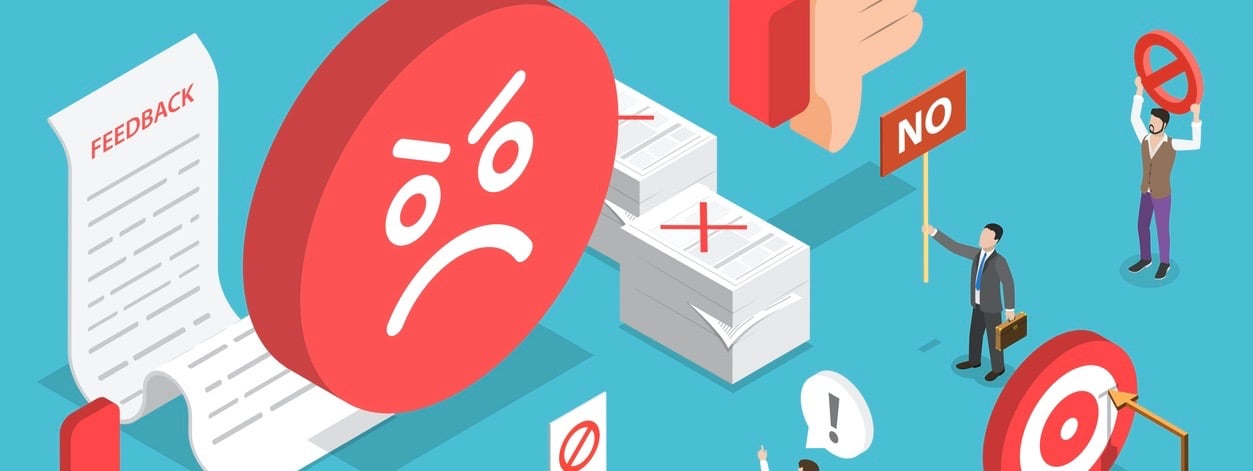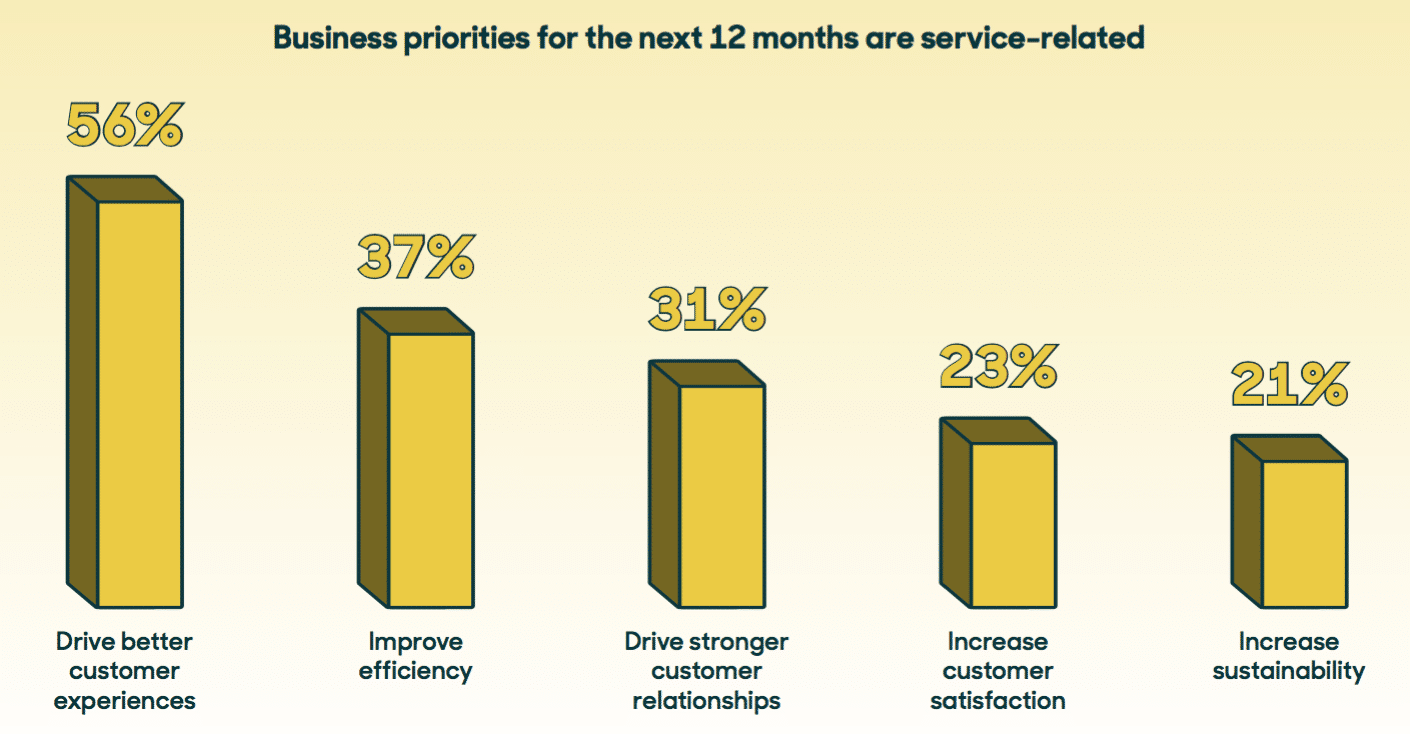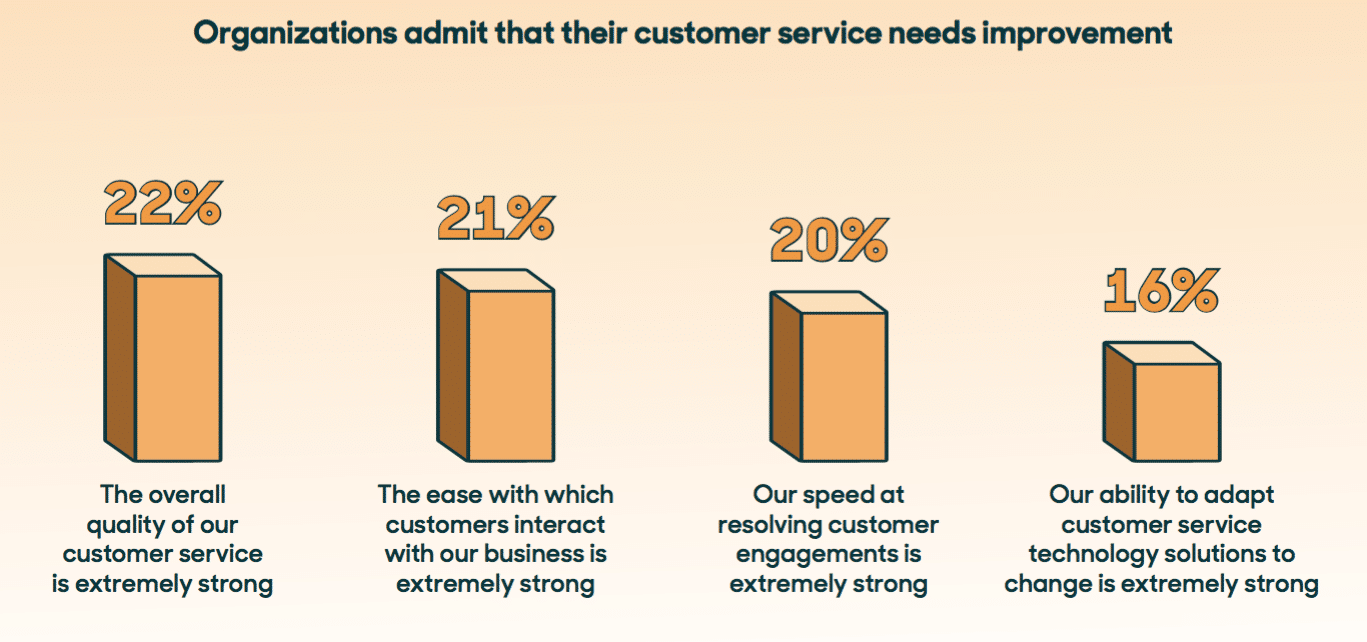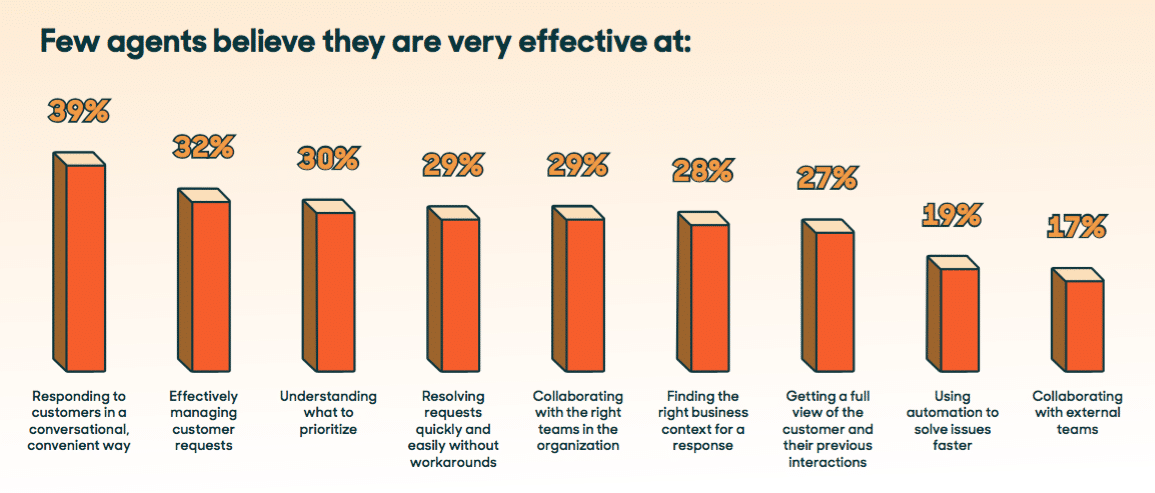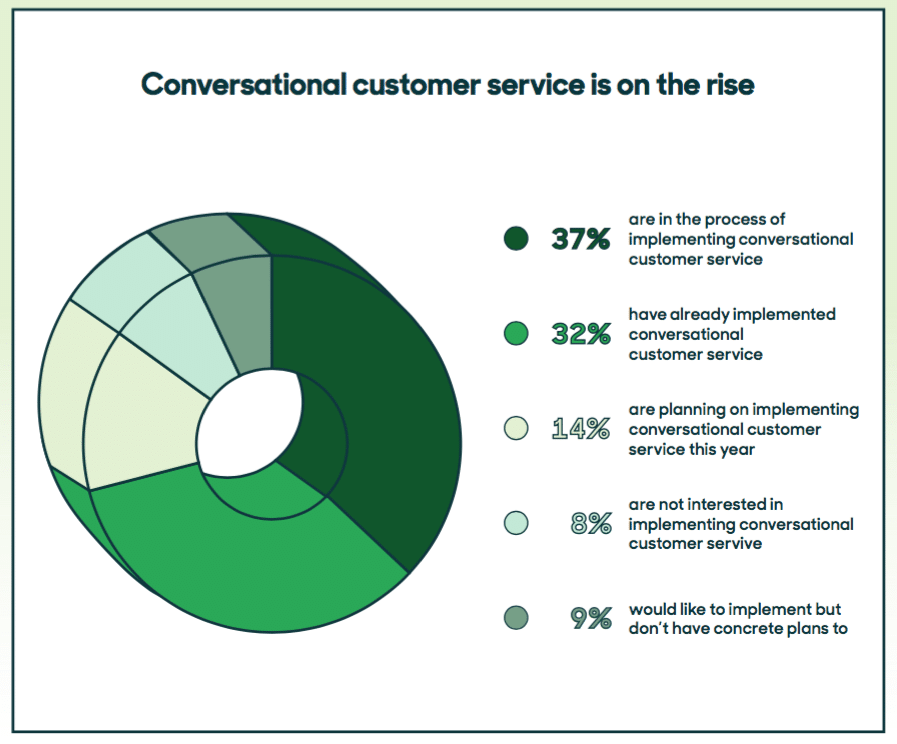Although a majority of businesses agree there is a direct link between customer service and business performance, new research from CX and service firm Zendesk shows that many consumers (54 percent) feel customer service is an afterthought for businesses—indicating a gap between consumer expectation and company actions.
The firm’s new Customer Experience (CX) Trends Report 2022 highlights the potential for businesses to drive business success with a focus on customer experiences as more than two thirds of consumers (70 percent) report making purchase decisions based on the quality of customer service they receive.
“Businesses cannot afford to take a transactional approach to their relationships with customers. Customer service is now a key differentiator, but this year’s report reveals gaps exist between expectation and delivery,” said Adrian McDermott, chief technology officer at Zendesk, in a news release. “Customers are noticing this gap and voting with their business—and that’s perhaps the clearest signal to businesses that change needs to happen, and fast.”
As customers call out increased expectations and the readiness to switch after just one bad experience, the need to close the gap between these expectations and the customer experience delivered have never been more urgent. The opportunity cost for many is nothing short of revenue loss and missed opportunities for growth.
Consistent truths—customer service can drive growth
Nearly three quarters of those surveyed (73 percent) see a direct link between customer service and business performance, with two thirds (64 percent) estimating that customer service has a positive impact on business growth. The opportunity is not simply to deliver a single solution-based interaction with the consumer, but to use that point of engagement as an opportunity to deepen the relationship. Customer engagement is up 14 percent from the previous year, representing more opportunities to upsell or cross-sell to happy customers.
This cuts both ways though, and the insights reveal that customer expectations can drive or stifle growth plans. As consumers spend more online, a majority say that their customer service expectations have increased in the past year. Channels play a big part in meeting these increased expectations and particularly, being where the customer is. However almost half the companies surveyed did not have a strategic plan for customer service over the immediate to medium term.
Key insights:
- 61 percent of consumers say that their customer service expectations have increased over the past year
- 90 percent of consumers say they are willing to spend more with companies who personalize the customer service experience
- Only 54 percent of companies report having a three-year strategic plan for customer service
- 89 percent of consumers say they are willing to spend more to buy from companies that offer them the chance to find the answers they need themselves
- Companies are evenly divided between those who still view CX as a cost center and those who believe it is a revenue-generating engine for growth
The Agent X factor
Increased expectations leads to increased pressure on agents, who act as the front line. In fact, the research found that nearly three quarters of respondents (71 percent) agree that customer service agents are essential to driving sales.
When it comes to resolving issues, almost half the consumers surveyed are looking for agents who are helpful and empathetic. Given a good experience, customers are also more open to recommendations from service agents. Many businesses, though, have yet to recalibrate their view of customer service as a cost center. This means that investments in optimizing the function have not kept pace with growth, let alone with increasing customer expectations. While a majority of businesses acknowledge customer service agents as being pivotal to driving sales, a very small number of those same agents are extremely satisfied with their workloads.
- Nearly half of consumers say that helpful and empathetic agents are what matters most when they want to resolve a customer service issue.
- 63 percent of consumers are open to product recommendations from service agents.
- 15 percent of agents are extremely satisfied with their workloads
Agent empowerment is a clear focus area for 2022, as agent burnout continues to be a challenge. Only 20 percent of agents are extremely satisfied with the quality of training they receive. Pair this with the fact that 68 percent of customers feel that businesses need to improve agent training, and there is a business case for investing in what agents need. These also include better performance metrics, clear advancement opportunities and, fundamentally, more respect.
Closing gaps and mapping paths to growth
Nearly three quarters (72 percent) of business leaders say that their organization views customer service as a critical business priority, but 40 percent report that it’s still not owned by the C-suite. While the insights clearly indicate a business case for investments in customer experience, this isn’t necessarily being followed through with executive sponsorship or the right tools or programs, such as training for agents. Alongside this is the need for customer service metrics to be mission critical and reviewed with the appropriate frequency and gravitas. Over 74 percent of business leaders say the ROI of their organization’s spend on customer service over the past 12 months has been positive. However, only 30 percent strongly agree that customer service spending has kept pace with company growth.
“The business case for customer service is clearer than ever and getting buy-in from the top is a critical first step. Getting leadership engagement relies on evolving the key metrics—look beyond CSAT and identify the broader business impact that can tell a compelling story,” McDermott added. “This year’s findings bring into sharp focus the need for there to be a more concerted effort across the organization—including better integration of systems and a regular review of metrics. In short, let the insights lead you.”
Download the full report here.
Zendesk’s 2022 CX Trends Report surveyed more than 3,511 consumers and 4,670 customer service leaders, agents and technology buyers from 21 countries and organizations ranging from small business to enterprise during July and August 2021. Results from each survey were weighted to remove bias from the survey samples.

